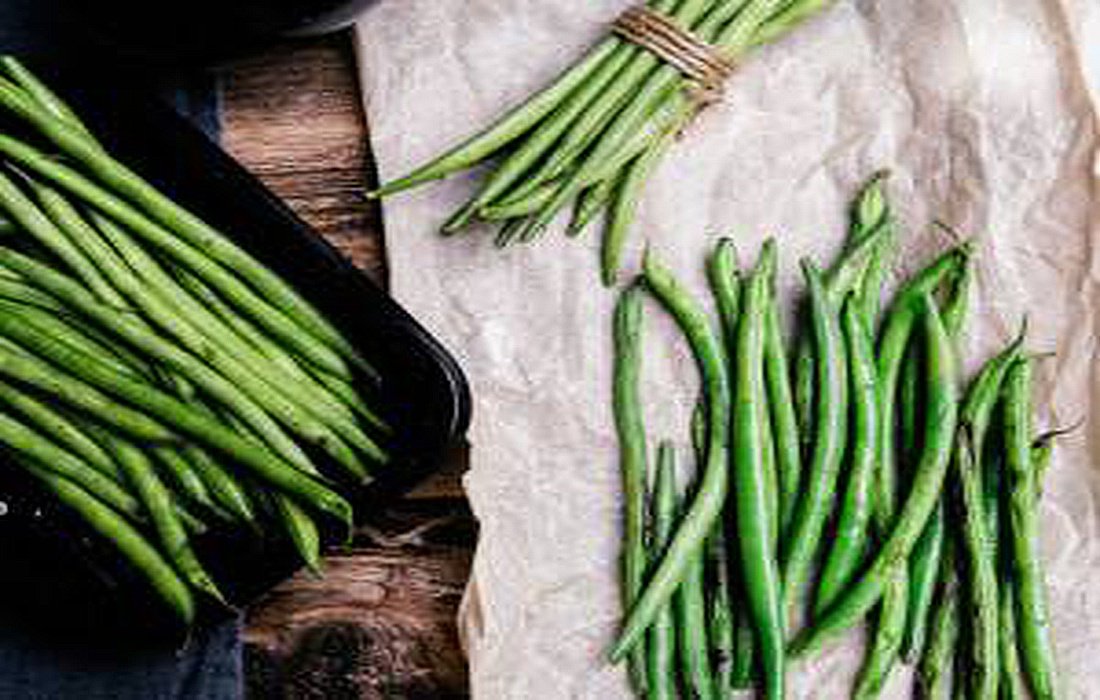How to Plant and Care for the PlantGreen Beans
There are various types of green beans that are easy to distinguish. You can grow green beans in large quantities in small spaces. Green beans are often referred to as string beans and are used more than other types.BeansThey are commonly used in cooking and daily consumption.
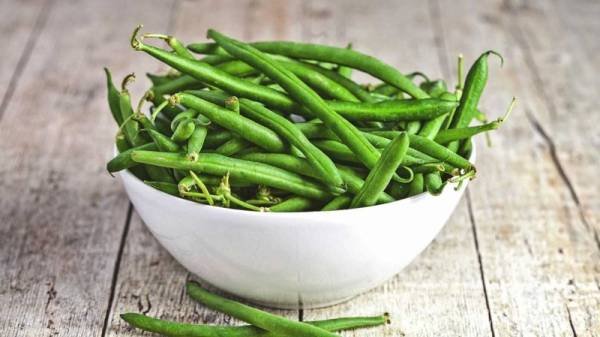
Beans are generally planted in the garden, and the most important point aboutplanting green beansis that this plant is considered a warm-season plant. Green beans are quite sensitive to cold and frost, so it’s better to plant them in warm soil after the cold season.
You should plant seeds 2 to 3 centimeters deep in the soil and regularly water them after planting until they sprout.
You can plant this plant in small or large quantities with a distance of 10 centimeters apart.
Caring for this plant requires a lot of attention.
Necessary Environmental Conditions for Planting and Growing Green Beans
Proper Light
This plant grows best insunlightbut being in shade is also a good idea. Planting in warm soil helps keep the plant dry and prevents wilting.
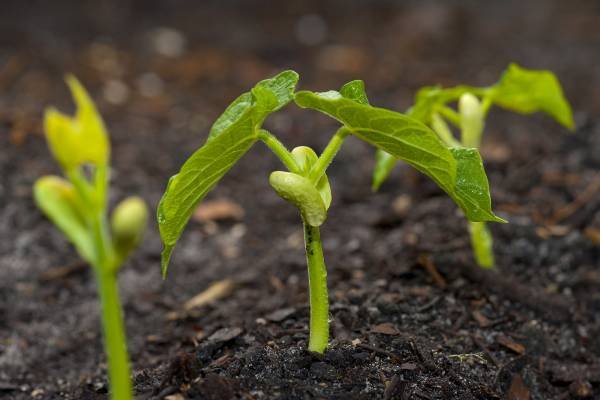
Suitable Soil
The green bean plant needs nutrient-rich soil, which you can enhance with suitable fertilizers. Proper fertilizers will aid the plant’s growth and retain necessary moisture. The best soil for beans is rich and slightly acidic, with a pH around 6 to 6.2.
Proper Watering
Green beans require a lot of watering; it’s better to use drip irrigation, as insufficient watering will halt its growth.
Appropriate Temperature and Humidity
The ideal temperature for growing green beans is between 15 to 30 degrees Celsius. Extreme temperatures can damage the plant, preventing it from sprouting.
Different Varieties of Beans
This plant can be divided into two categories based on its growth structure, as stated inSelMagz:
The first type is climbing:
Known as pole beans or runner beans, climbing varieties can grow 2 to 5 meters tall.
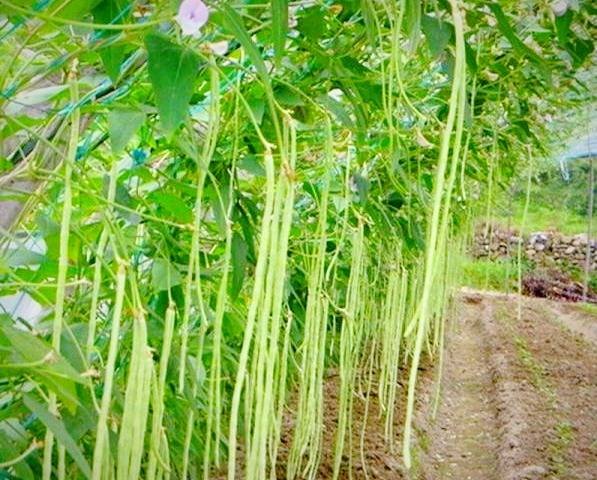
The second type is bushy or non-climbing:
These are referred to as bush beans. The height of bush varieties does not exceed 40 to 50 centimeters. Climbing types usually have a longer growth period and yield more produce. Currently, several hundred varieties of green beans are cultivated worldwide, classified by flower color, flower size, pod shape, and seed shape and color.
How to Plant Green Beans
How to Plant Green Beans in the Garden
Plant beans directly at a depth of 2 to 5 centimeters. There’s no need to use plant seedlings.
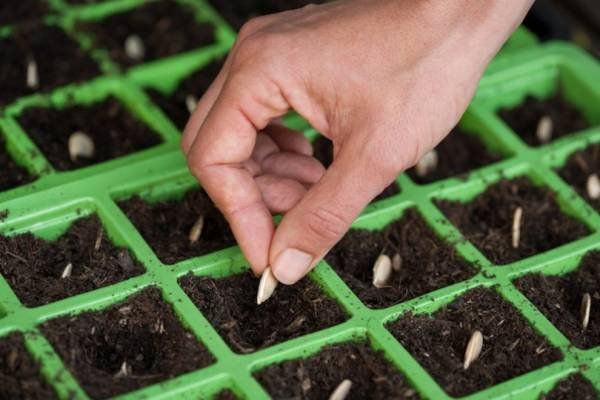
Then, regularly water the beans until they sprout.
Pay attention:
- If you want to plant earlier, cover the beans with plastic, as the cold can rot the roots.
- If you’ve chosen to plant bush beans, leave enough space between seeds to avoid overcrowding.
- If you’ve chosen climbing beans, erect a trellis before planting and wrap the plant around it as it grows.
- Without regular watering, the plant will stop flowering.
- Beans have small root systems, and mulching helps keep their roots cool and moist.
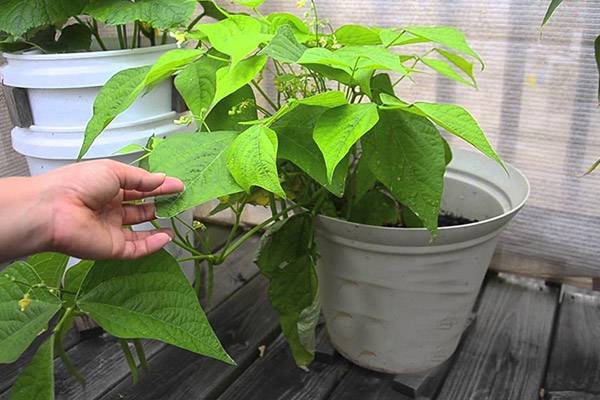
Steps to Plant Green Beans in Pots:
Choose an appropriate pot and fill it with suitable soil and fertilizer. Add some sand for proper drainage.
It’s best to plant beans in early spring as environmental conditions regarding temperature are stable at this time.
Create holes 3 to 4 centimeters deep and spaced 2 centimeters apart in the pot’s soil, plant green bean seeds in the holes, and cover them with soil.
Immediately after planting, water the soil and place the pot in a sunny spot to allow for sprouting.
Green beans will sprout after about 3 weeks.
If the pot is small, transfer the plant to a larger pot.
After the green bean plants grow, remove any unhealthy plants from the pot.
After some time, place a support next to the green bean plants as they will need one as they start to grow.
After 50 to 60 days of planting green beans in the pot, you can harvest your produce.
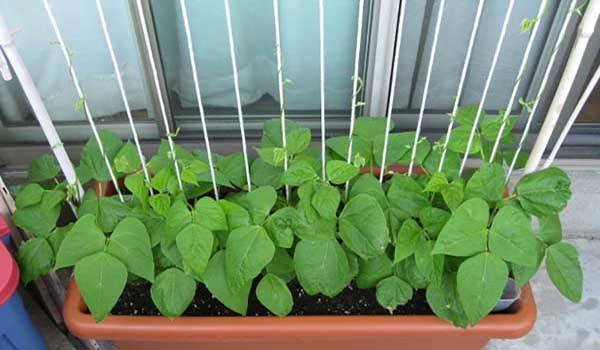
Pay attention:
Harvest fresh green bean pods when they reach their final growth in length, usually about 10 to 14 days after the plant flowers.
In early morning or evening, you can harvest green beans gently without causing damage. You can also harvest beans in several stages every 3 to 5 days.
How to Harvest Green Beans
After the plant has grown and started bearing fruit, you can harvest your produce anytime you wish. Gardeners usually pick their beans when they are firm and thick, generally ready to harvest 50 to 60 days after planting the seed. Also, be cautious not to delay the harvest, as beans can break and spoil too soon.
Green Bean Pests
Green beans are a favorite for many insects, including:
Beetles:
These insects attack the flowers and leaves of the bean plants, feeding on them.
Snails:
These creatures eat the lower parts of the bean plants, which are also fed upon by beetles and aphids.
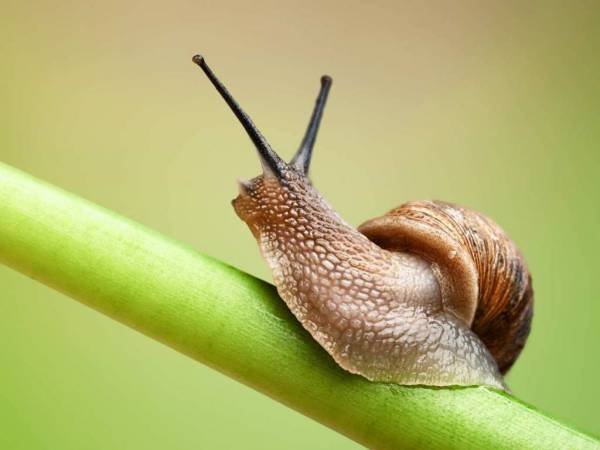
Four-legged animals:
Such as deer are also attracted to these plants and feed on them.
In case of poor soil conditions, viral and bacterial problems may arise for these plants, so help their growth by keeping the soil dry and ensuring proper air circulation.



